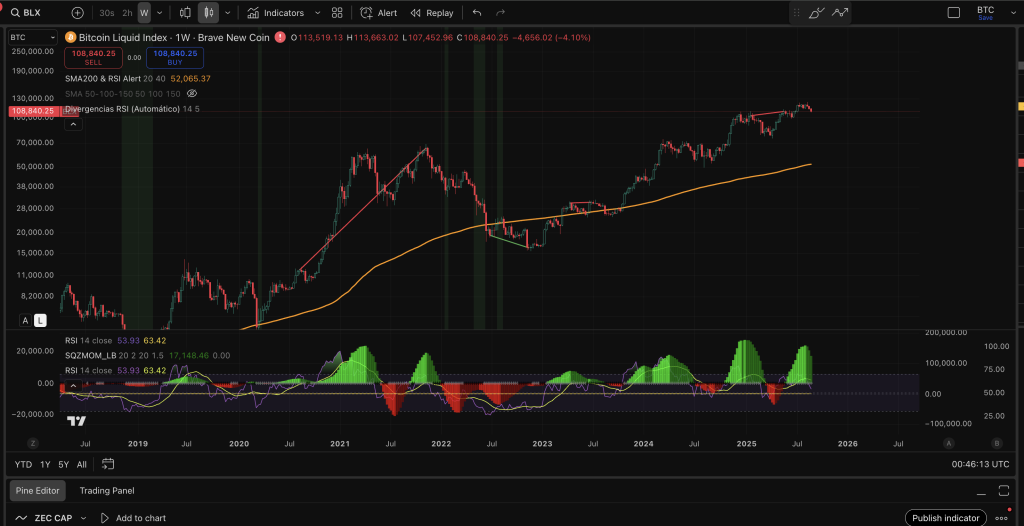
Is Bitcoin Entering a Bear Market?
An Opinion Based Analysis
For the first time in months, the mood around Bitcoin feels different. The energy that usually surrounds a bullish phase high liquidity, large inflows, constant retail excitement has started to fade. While this doesn’t confirm a bear market, several developments suggest that Bitcoin may be transitioning into a more defensive phase.
One of the clearest signs is the decline in liquidity:

During strong market periods, Bitcoin benefits from heavy trading activity, deep order books, and a constant flow of stablecoins entering exchanges. Recently, that environment has weakened. Trading volumes have slowed, institutional inflows have cooled, and the market no longer absorbs sell pressure with the same strength. This drying liquidity creates a fragile structure where even normal corrections can suddenly accelerate downward.
At the same time, profit taking behavior is becoming more visible. After every strong rally, investors, especially whales, miners, and early entries tend to secure profits. This is normal and healthy, but when profit-taking becomes widespread, it often marks the early stage of a larger downtrend. Miners also contribute to this pressure. With increasing operational costs and periodic difficulty adjustments, miners sometimes offload more Bitcoin than usual, creating temporary downward pressure that, in weak liquidity environments, can amplify the decline.
Macro conditions are not helping either. Bitcoin thrives when global markets are optimistic, credit is cheap, and investors feel confident in risk assets. But in periods of high interest rates or a strong U.S. dollar, capital tends to move away from speculative markets. This shift doesn’t target Bitcoin specifically it affects the entire financial landscape. Still, Bitcoin feels the impact more quickly because it is highly sensitive to liquidity cycles.
Institutional participation is another element that seems to be stabilizing rather than growing. After months of strong ETF inflows and corporate interest, the pace has slowed. When institutions are aggressive buyers, Bitcoin enjoys structural support. When they pause or reduce exposure, the market must rely on retail demand, which has historically been less consistent. This imbalance can make Bitcoin’s upward momentum harder to sustain.
Sentiment itself is also softening. During bull phases, the enthusiasm is almost impossible to ignore: search trends rise, social media is active, and retail traders return with fresh optimism. Recently, the mood has shifted toward caution. Enthusiasm has not disappeared, but it has noticeably cooled, and that psychological shift often precedes technical weakness.
None of these signals confirm a bear market, but together they paint a picture of a market losing strength. Bitcoin has gone through many cycles, and each time the transition from bullish to bearish territory begins subtly: a slight slowing of liquidity, a change in investor behavior, and a shift in overall tone.
This analysis is not a prediction only an opinion based on current conditions. Bitcoin remains unpredictable and capable of sudden reversals.
But acknowledging the early signs allows investors to understand the environment rather than being caught off guard. Whether this develops into a full bear market or simply a temporary consolidation will depend on how liquidity, sentiment, and institutional demand evolve in the weeks ahead.
